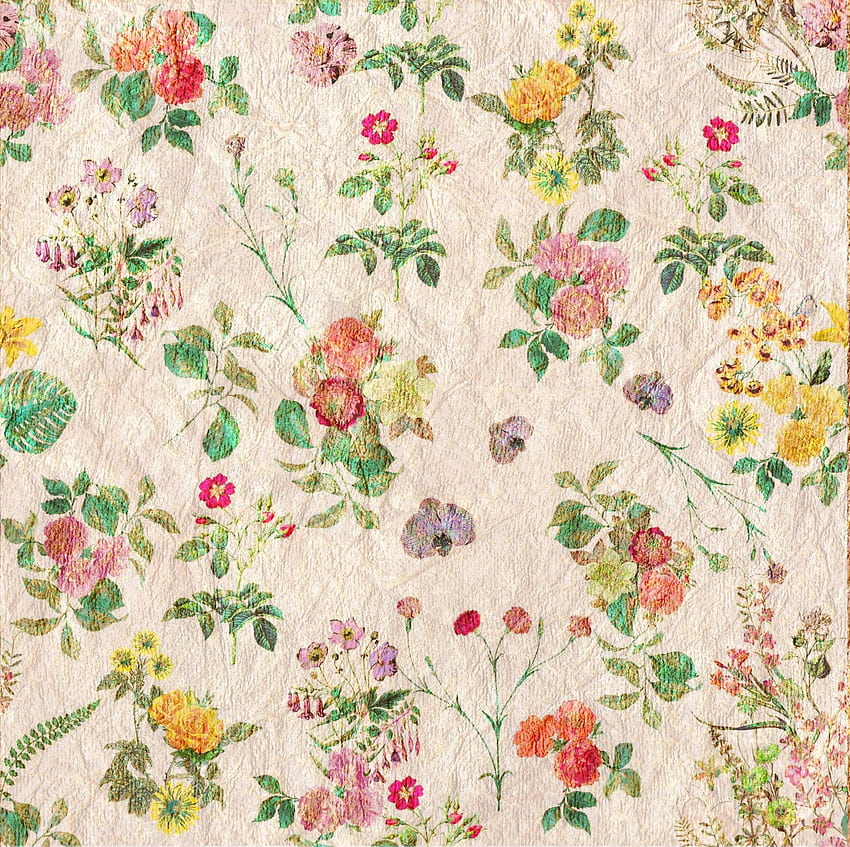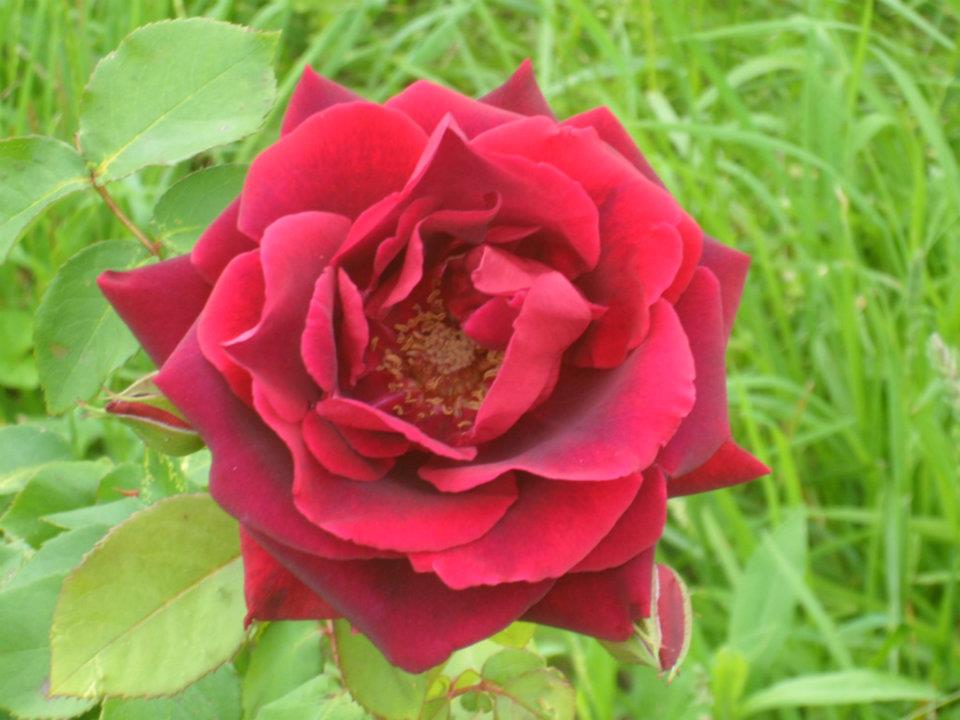The world of flowers is a spectacular display of nature’s diversity. From tiny alpine blooms to tropical exotics, flowers have evolved in every conceivable shape, size, color, and scent. They are the show-stopping features of plants, key to reproduction, and they play an essential role in the biodiversity of our planet. In this article, we delve into the fascinating world of flowers, exploring their structures, identification, and growth cycles.
A Flower’s Anatomy
Understanding a flower starts with its anatomy. Here are the basic parts:
- Petal: These are the colorful parts of a flower that attract pollinators such as bees, birds, and butterflies. Petals often have patterns visible under ultraviolet light, which are invisible to human eyes but guide insects to the nectar.
- Sepal: Sepals are the outermost part of a flower. They are usually green and protect the flower when it is still a bud.
- Stamen: This is the male part of the flower, consisting of a filament and an anther. The anther produces pollen, which is crucial for plant reproduction.
- Pistil or Carpel: This is the female part of the flower. It includes the stigma, style, and ovary. The stigma receives pollen, which travels down the style to reach the ovary for fertilization.
Identifying Flowers
Identifying flowers can be a rewarding experience and can deepen your appreciation of nature. Identification generally relies on the following characteristics:
- Color: This is usually the first and most obvious characteristic, but keep in mind that color can vary within a species.
- Size and Shape: The overall form of the flower, its height, the shape of its petals and leaves, can provide clues to its identity.
- Number and Arrangement of Petals: The number of petals and their arrangement is a key identification feature. For example, roses are known for their multiple layers of petals, while lilies typically have six symmetrical petals.
- Leaf Shape and Arrangement: The shape, size, and arrangement of leaves on a stem can also help identify the flower.
- Habitat and Location: The flower’s environment and geographical location can narrow down possibilities, as different species are adapted to different habitats.
Flower Growth Cycles
The growth cycle of a flower varies depending on the species and environmental conditions. Most flowers have an annual or perennial life cycle.
Annual flowers (e.g., marigolds, zinnias) complete their life cycle in one growing season. They germinate, bloom, produce seeds, and die within a year. Perennials (e.g., roses, tulips), on the other hand, can live for more than two years. They typically flower and fruit over the spring and summer, die back in the autumn and winter, and then regrow from their rootstock in the spring.
Flowers, with their diverse forms and vibrant colors, are more than just nature’s decorative elements. They are sophisticated structures designed for the survival of plant species. Understanding their anatomy, identifying different species, and learning about their life cycles can enhance our appreciation for these natural wonders and the vital role they play in the environment. Next time you see a flower, pause for a moment and ponder the marvel that it truly is.



